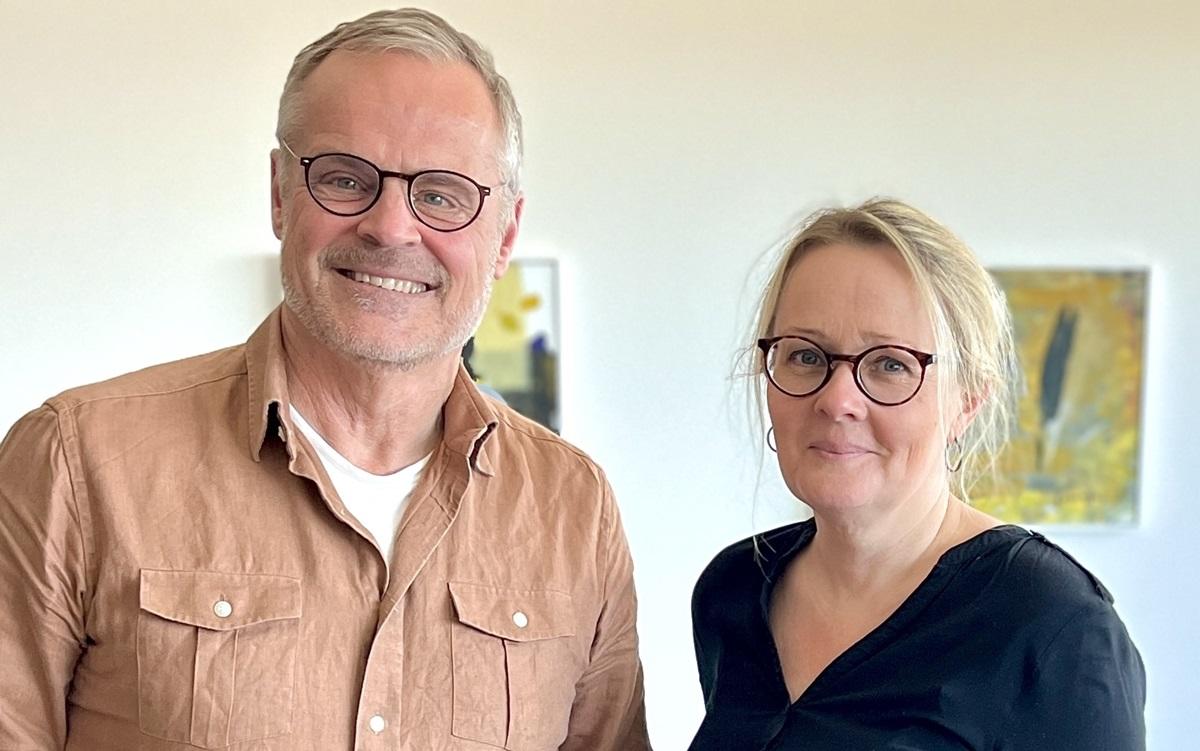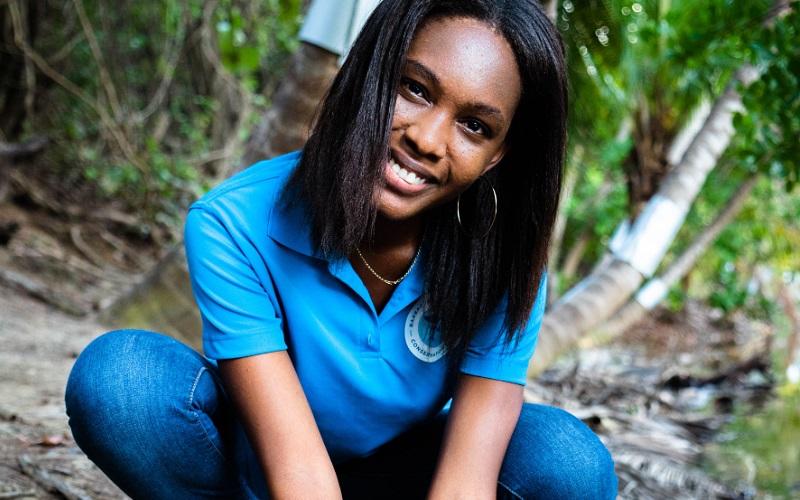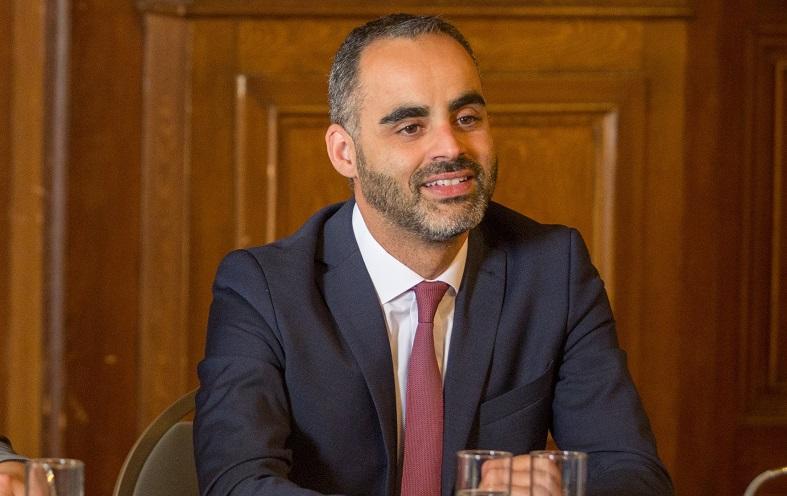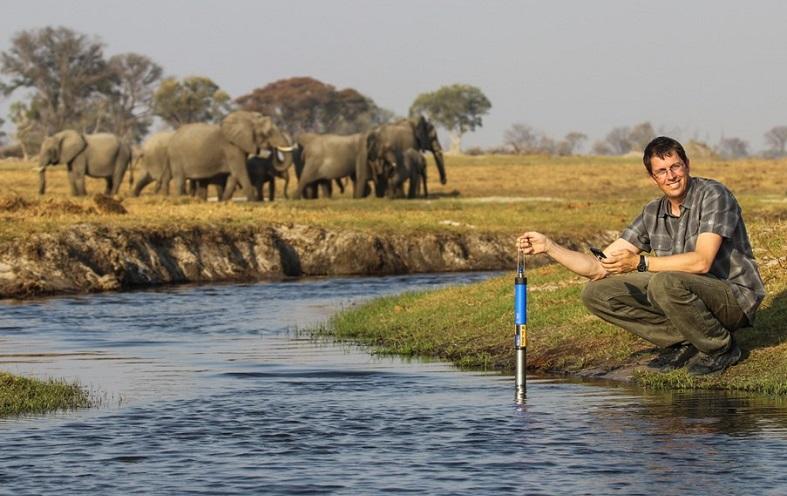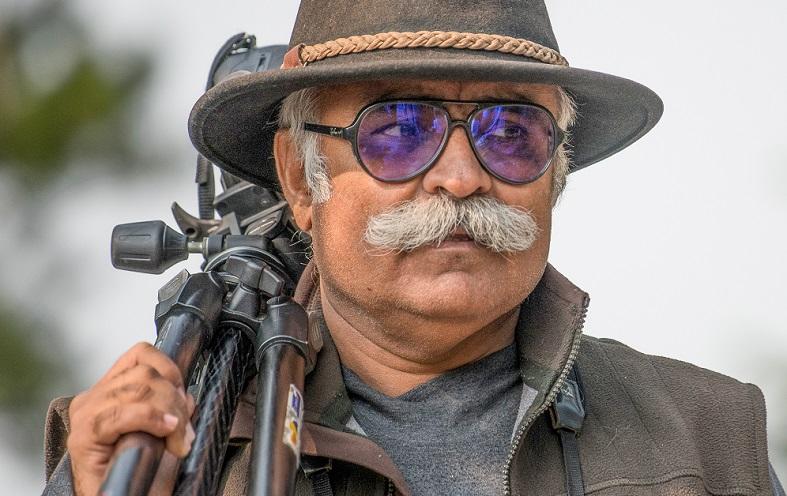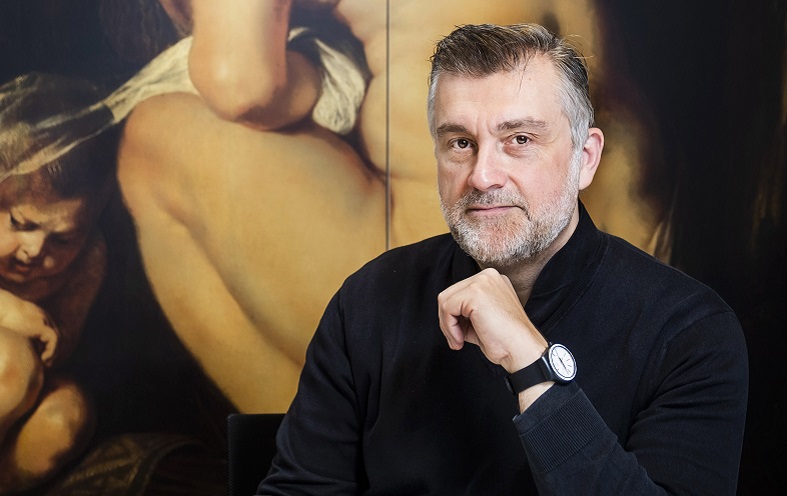
With growing demands from residents for local-friendly destinations that are free from overtourism, how can destination managers and developers strike the right balance, one which satisfies both tourism businesses, visitors and locals?
Flanders sets an example with its mission to create flourishing destinations where visitors, communities, and local businesses can derive maximum benefit. Peter De Wilde, CEO of VisitFlanders in this interview shares how the ‘Travel to tomorrow’ tourism recommendation came into being and how purposeful marketing can help destinations to ensure their sustainability.
Peter, you are the CEO of VISITFLANDERS and have worked with leading organisations like the WTTC and the European Travel Commission. How has your journey been so far?
I started at VISITFLANDERS at the end of 2009. VISITFLANDERS is one of the founding members, back in 1948 of the European Travel Commission. As CEO of VISITFLANDERS, I became a board member of the European Travel Commission (ETC). I immediately understood the potential of this European and worldwide active organisation. It is therefore that I was a candidate to chair the organisation, which I was privileged to do for a maximum of two consecutive terms of three years. Together with all the members and an enthusiastic executive team, we succeeded in making ETC a successful marketing organisation for destination Europe and a worldwide respected tourism voice.
One initiative which caught our eye recently is the Global Destination Sustainability Index – how is it helping Destination Flanders to achieve sustainability?
The GDS-index is a tool that measures and compares the sustainability of destinations.
The GDS-Index helps us in many different ways. It allows us to hold a mirror up to ourselves and look objectively at the strengths and weaknesses of our activities in the area of sustainability. In addition, through the benchmarking option, we can learn a lot from other destinations and destination organisations. The GDS Index is, therefore, both an evaluation and inspiration tool for us. It stimulates us to continue working on sustainability and the flourishing of our destination and organisation.
VISITFLANDERS’ Travel to tomorrow – recommendations for tourism policy 2019-2024 – outlines the region’s ambition to build ‘flourishing destinations’ within Flanders. What motivated the creation of this memorandum?
In recent years, tourism policy has proven very effective for Flanders. Records have been repeatedly broken. We continue to attract more visitors and higher revenue—the basic criteria for success.
However, the tourism sector is changing too, and on a fundamental level.
In 2019, we’ve entered a new era in tourism: that of the economy of meaning. In Europe, a paradigm shift from ‘more’ to ‘better’ is in full swing. This transformation is a fundamental one and will expand and deepen the tourism landscape—and therefore also the role of VISITFLANDERS.
When thinking about the future, a governmental organisation such as VISITFLANDERS doesn’t start with a blank slate, but it does take a different attitude. Our future vision of the tourism sector has been developed with an open-minded attitude. It’s based on a deep, co-creative process with dozens of participants from the public and private sector, from Flanders and abroad.
How has the coronavirus pandemic affected your goal to develop flourishing destinations and communities within the Flanders region?
To say it with the words of our friends from Visit Portugal: It’s time to stop, pause, to reset, to calibrate, to stop and refocus. It’s time to pause for better times to come.
We had the time to discover and revalue our own neighbourhood and region.
How can destinations determine where they are in relation to their collective tipping point, as explained by Jan van der Borg, and where would you see Flanders at this stage?
The so-called tipping point of a destination is strongly linked to the traditional idea of a rather rigid and technical carrying capacity that, if violated, leads to situations where the cost outweighs the benefits and the sector becomes unsustainable. The reality of a tourist ecosystem is a little more complex, with fluctuating demand, local resilience and changing perspectives. This is all to say that it is a bit simplistic to think of a single tipping point.
At VISITFLANDERS, following the new vision, we approach the question of balance from different perspectives. We don’t just look at the relationship between tourism demand and available supply, but also take into account local resident perspectives on a variety of tourism impacts – as well as their general support for tourism – through extensive resident surveys on the local level. These surveys first started in 2016-2017 in art cities and have since been repeated and extended towards other municipalities as well. Furthermore, we continue to keep track of economic evolutions in the sector, as well as environmental indicators.
Collecting this information on multiple dimensions is the goal of the measurement model/destination barometer that VISITFLANDERS has been working on. This will help to avoid a myopic view that could arise from using simplified indicators and allows us to track both positive and negative evolutions. This way we have the opportunity to act before negative impacts become prevalent. Because once the balance is lost and a destination gravitates towards a profit-driven model, it is very hard to come back from that.
Comparing Flanders in relation to other destinations where tourism has maybe caused more negative sentiment, we are still in a good position. Of course, there is always room for improvement, but looking at the results of the resident surveys, we have noticed strong and continuous support for tourism among locals. Objective indicators such as tourism intensity (tourists per resident) and tourism density (tourists per m²) were still far from being considered potentially problematic.
What type of visitor are you targeting in your efforts to achieve destination sustainability?
Our strategy focuses on quality tourism, in contrast to mass tourism. The VISITFLANDERS communication is therefore structured around specific themes that target particular segments of tourists.
We will search for people who can bring value to our location, by zooming in on the aspects in Flanders that we can use to offer value, our themes.
We connect strong passion groups in Flanders to similar communities worldwide via meaningful stories so that the chance of an impactful visitor experience is even stronger.
Next to this as a society, we also have to offer opportunities to experience enjoyable things, like holidays for everyone. By making vacation possible, we are giving a space to breathe again, the courage to carry on and a sense of equality and freedom. We’re doing this by focusing on social tourism, make sure that those who are unable to make a holiday can experience one.
How important is a destination’s sustainability performance nowadays for its appeal to visitors and its competitiveness?
It’s important to measure and monitor the impact of tourism and to take action where necessary, to keep the balance.
But visitors don’t always need figures, data and certifications to prove sustainability. Many of the most important sustainable actions taken are ‘invisible’ to visitors.
For them, it’s important that the destination provides great experiences that enrich them culturally, and environmentally; that businesses seemed to be thriving and contributing to the local economy, that local workers were happy and that the locals were genuinely welcoming.
Word of mouth is, also for a sustainable destination, one of the most effective tools for spreading the realities of a destination. When a destination is caring for its environment, and associated people, travellers are more engaged, happy, and likely to recommend the location to friends and family—likely to post positive images and stories on social media.
But next to this, ecolabels like Green Key and Blue Flag can help visitors make sustainable choices for accommodations. Nowadays, even the likes of Booking.com and Tripadvisor are taking these criteria into account.
Which trends do you observe in destination management that are likely to influence the work of tourism leaders and sustainability stewards in the years ahead?
- From sustainability (green deal, local…) to the concept of flourishing destination: what tourism can we create that matches the challenges of the future and establishes a positive balance for the traveller, host and place?
- Purposeful marketing. We live in an era of purposeful marketing where genuinely standing up for something also makes for a really effective marketing strategy. Audiences continue to seek a greater purpose in everything they do, from how they travel to the content they consume. Every destination marketing campaign in 2021 should include a purpose-driven narrative, putting your core message at the centre. Posting with purpose is key but always be sure to understand your visitors’ interests and passions and how your brand supports these, then create content accordingly.
- Connectivity-collaboration. Collaboration is the key to innovation and managing a destination sustainably. All stakeholders need to be involved in order to achieve the goal of a sustainable future.
Thank you, Peter.
Connect with Peter De Wilde on LinkedIn. Find out more about VISITFLANDERS’ Travel to tomorrow initiative here.
Enjoyed our interview with Peter De Wilde of VISITFLANDERS on destination sustainability strategies, purposeful marketing and the way ahead for sustainable tourism in Europe? Thanks for sharing!

